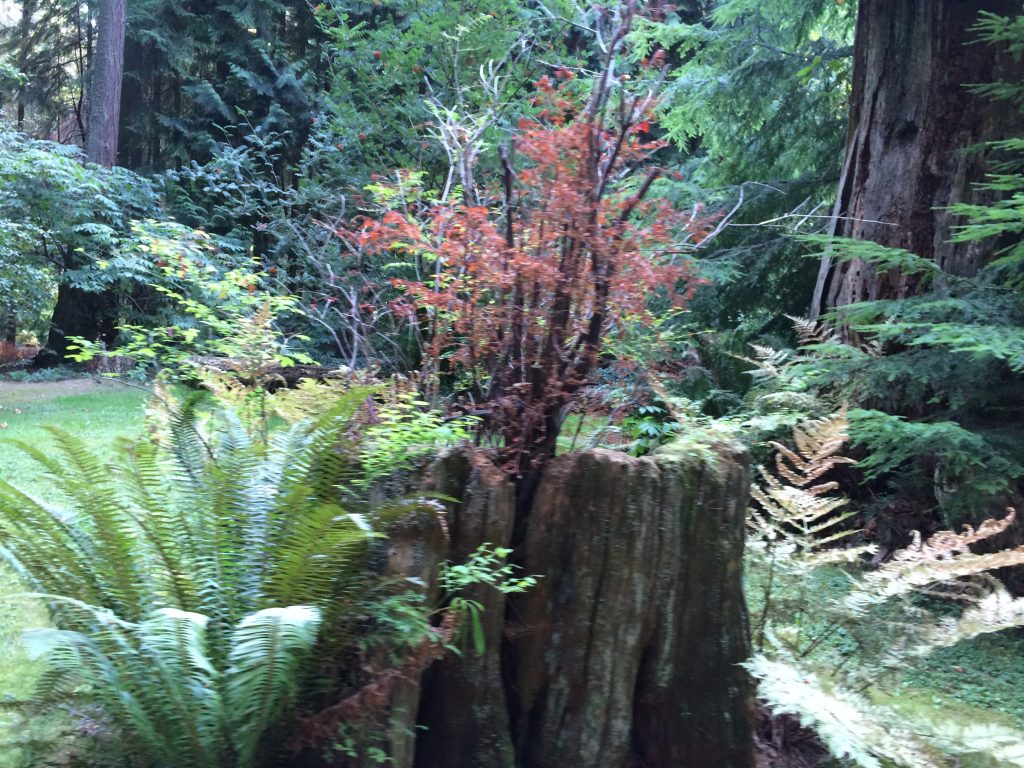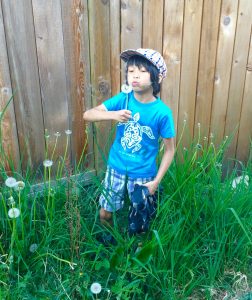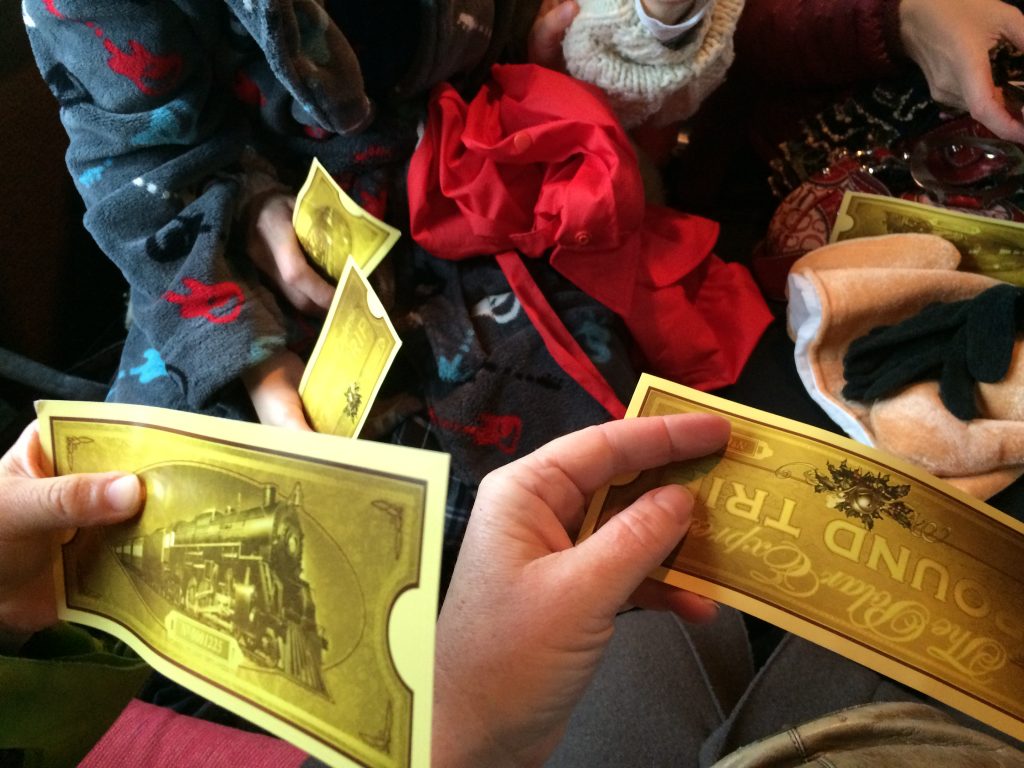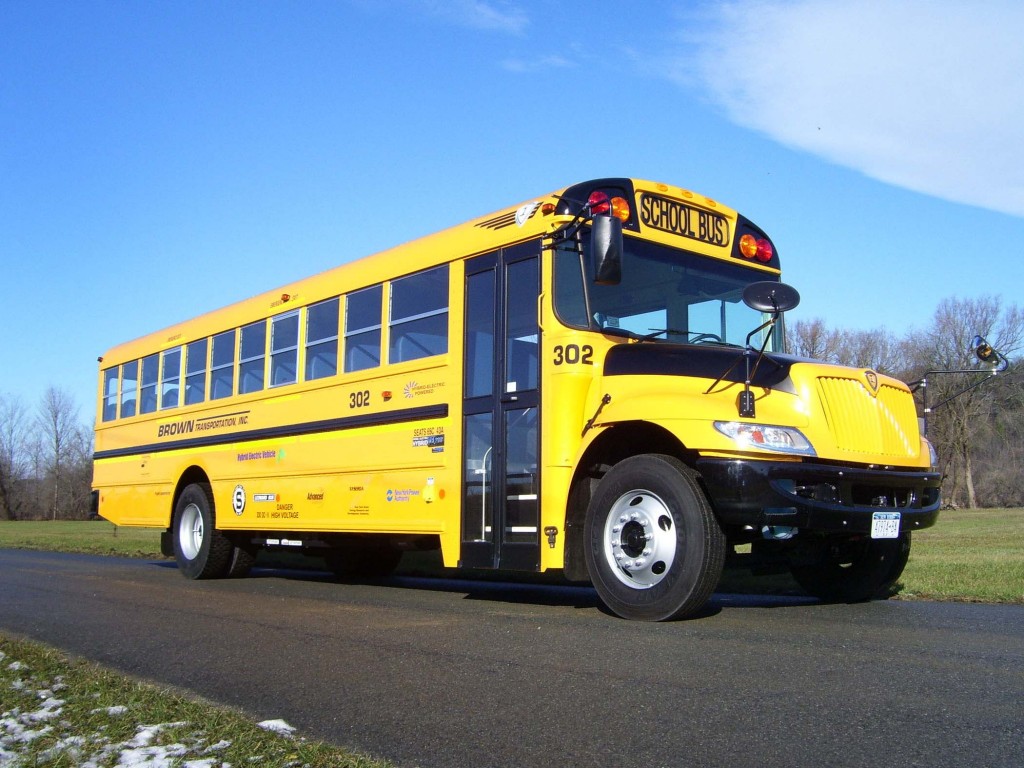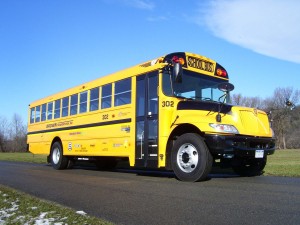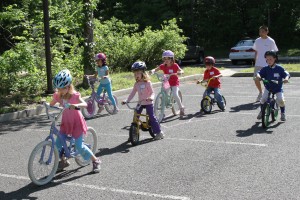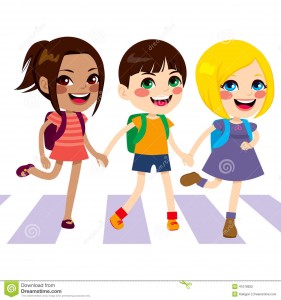Our relationship with the Vancouver Aquarium http://www.vanaqua.org began with the purchase of a stuffed baby Emperor penguin from the shop at the Vancouver International Airport. In addition to “Baby Sister”, so named for Pingu’s baby sister, I bought Raffi’s “Baby Beluga” book and infant Lucan and I enjoyed the sing along story of “the little white whale on the go”. Lucan was particularly taken with a certain horned whale because it reminded him of unicorns. In fact, as we later discovered, Narwhals were hunted almost to extinction for their horns and are threatened today because of increasing noise and pollution in the water.
As members of the Vancouver Aquarium we have been fascinated and humbled in observing all the majestic creatures that reside there, many of them rescued wildlife that sustained permanent injuries and who can no longer live in the wild.
Beauty and wonder
On every visit I tell Lucan to lead the way and he and I enter a world of incredible beauty and wonder. Watching the jelly fish bobbing around and then finding the tank with the sea turtles, sharks and rays, makes you think you’re in the movie “Finding Nemo”. The hot and humid rainforest of the Amazon exhibit lets you come face to face with exotic birds, new species of rays and a gigantic and mysterious anaconda. The level of detail about the various frogs, and risks to their existence (and every other creatures’) is clearly laid out and frankly, unnerving. Humans are supposed to be caretakers of the earth and yet hundreds of species are now extinct and hundreds more are on the brink.
Marine research and rescue facilities like the Vancouver Aquarium are important places of learning and connection, to create empathy for all animals. It is here, in a place that clearly demonstrates the gentleness, the soulfulness and the gloriousness of marine life, that we humans can learn from the mistakes of the past, and determine to do better for the surviving creatures, and for the planet herself.
“When people see whales, we are struck in some place within ourselves that I don’t think we even understand…and I think the ingredients of that feeling are humility, you feel small next to the presence of what you are seeing and you understand that you are not in control.” Jackie Hildebrand, humpback whale researcher, marine education and research society, aka, The Marine Detective. https://themarinedetective.com
Majestic animals
Lucan and I don’t watch the marine shows from the surface, preferring to view these majestic animals underwater. There is Helen, the elegant and incredibly fast dolphin, who years ago, lost part of her fins from fishing nets and therefore can’t be released back to the wild, as she won’t survive. And the precocious false killer whale Chester, who was found in 2014 off the BC Coast at only a month old. False Killer Whales are not native to BC, they like a much warmer climate, and marine biologists don’t know how baby Chester ended up lost on our shore, or where his pod went. Being orphaned so young Chester has no survival skills for the wild so came to share Helen’s home and she teaches him how to be a dolphin. We love to watch Chester swim by us with his big grin and curious and mischievous eyes.
Of course there are belugas at the aquarium, Aurora and Quinao, and we enjoy watching them cavort around. They’ve recently been joined by two habour porpoises named Jack and Daisy. They all love to play to the crowd above and below the water’s surface.
Inspired by his visits to the Vancouver Aquarium Lucan selected a book about whales on his recent trip to the school library. It’s a fascinating read revealing that whales have existed for 55 million years and that the blue whale is much larger than any dinosaur. You can tell the type of whale by the way the water squirts out of it’s spout. Also, sperm whales can hold their breath and stay under water for up to 2 hours and belugas are known as the canaries of the sea because they make chirping sounds like the bird.
Educational play
A few months ago the Vancouver Aquarium added an exciting new exhibit – a rays touch pool. It is a thrill to put your hand into the warm sea water and wait for a curious ray to swim over and check you out. Rays are such elegant and intriguing creatures as they glide through the water, they seem as curious about us as we are about them.

On every visit we spend lots of time at Clown Fish Cove, a play area for children where they can touch Star Fish and Sea Cucumbers, and pretend to rescue injured marine animals on the toy boat and transfer them to the marine “hospital” complete
with scales, x ray machines and food dispensers.

Aside from membership, there are various ways to support the research and rescue efforts of the Vancouver Aquarium including symbolic adoptions, which make great christmas gifts, shore line clean up and hosting your child’s birthday party there – what an incredible educational experience for your guests.
So, this summer, take the plunge into the cool (literally and figuratively) Vancouver Aquarium, and come face to face with some of the most amazing creatures you will ever see. This aquatic adventure is both stimulating and inspiring and you and your kids will remember the experience for a long, long time.

